In the realm of interior design, the dichotomy between masculine and feminine aesthetics opens a fascinating avenue for creating spaces that resonate with personal style. These distinct design styles play with color, materials, and form to craft environments that cater to different sensibilities.
Color Schemes
Masculine interiors often gravitate towards a darker, more grounded palette. Deep blues, rich browns, and charcoal grays dominate, instilling a sense of strength and sophistication. In contrast, feminine designs embrace lighter hues such as soft pastels, muted tones, and whites, cultivating an air of elegance and tranquility.
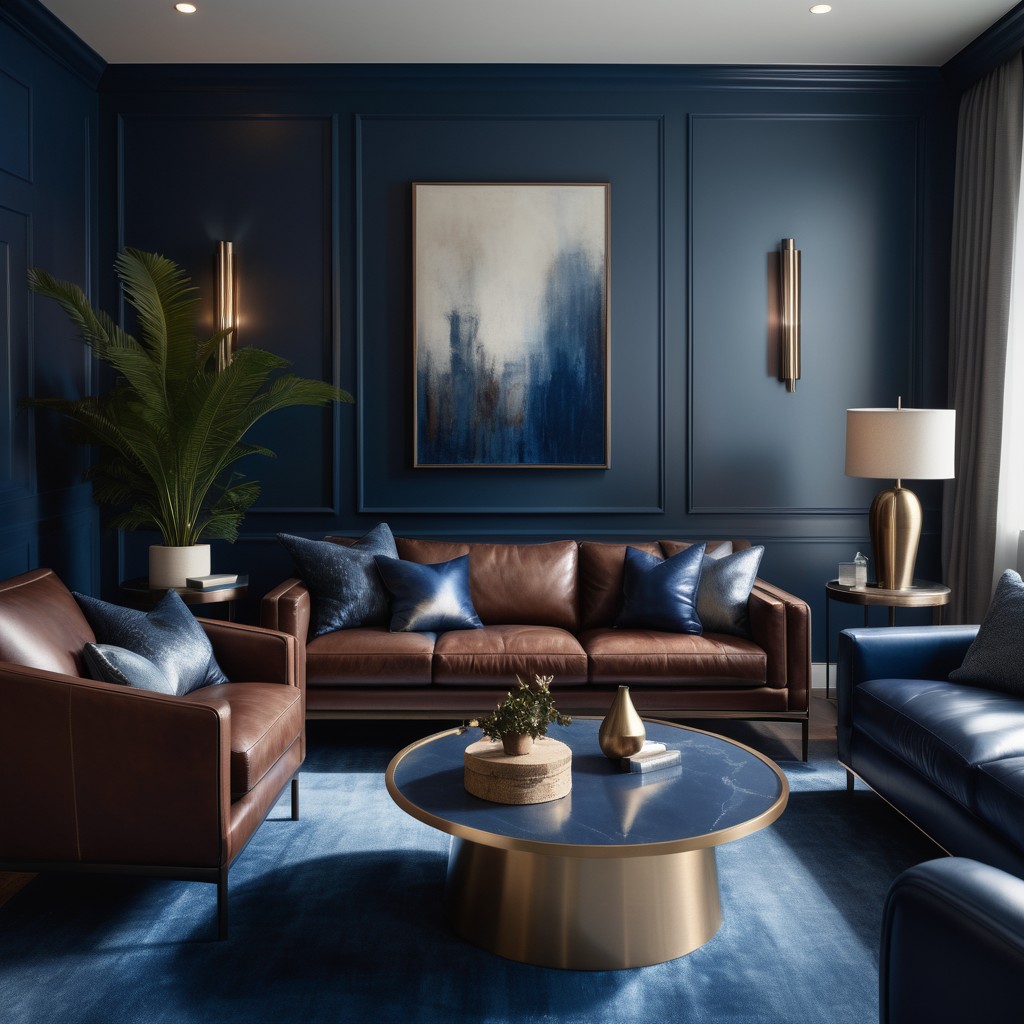

Materials Matter
Material choices are pivotal in defining the character of a space. Masculine design leans towards robust elements, incorporating materials like leather, metal, and dark woods. These choices create a structured and authoritative ambiance. On the other hand, feminine interiors showcase a preference for lighter materials such as silk, lace, and lighter woods, fostering a more delicate and inviting feel.
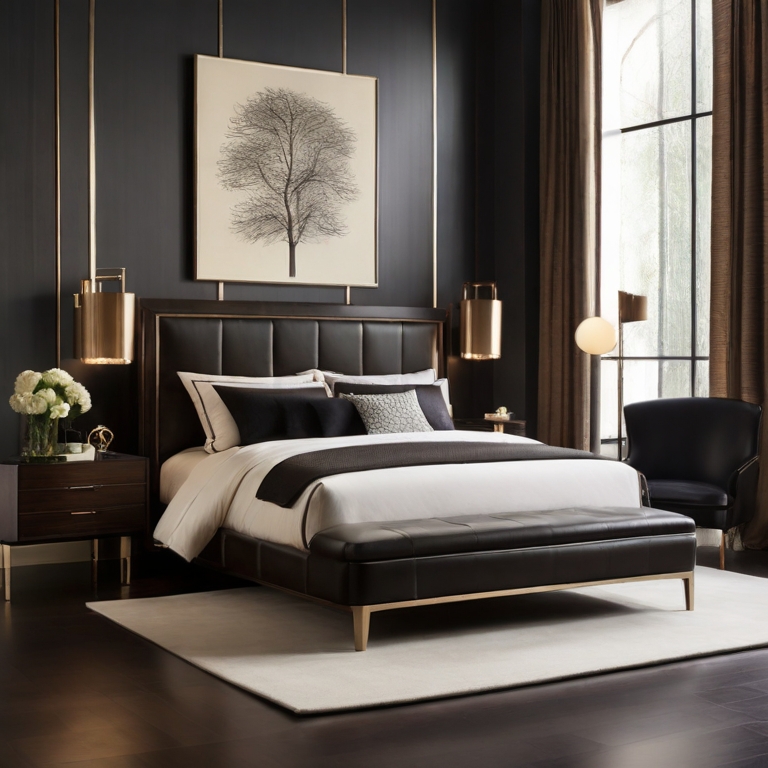
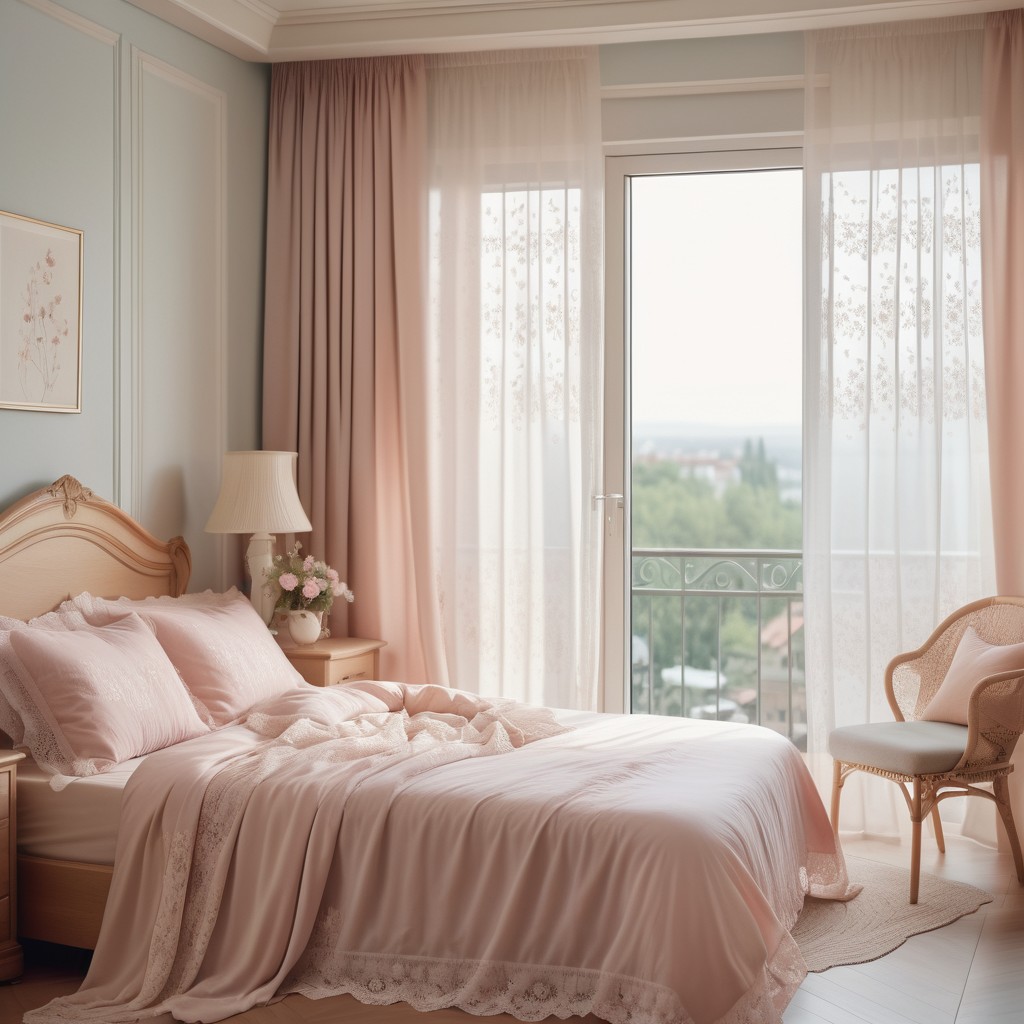
Form and Function
Furniture shapes and structures contribute significantly to the overall vibe of a space. Masculine designs often feature clean lines, angular forms, and bold patterns, exuding a sense of strength and order. Feminine designs, in contrast, gravitate towards softer lines, curves, and intricate details, creating a more nurturing and harmonious atmosphere.
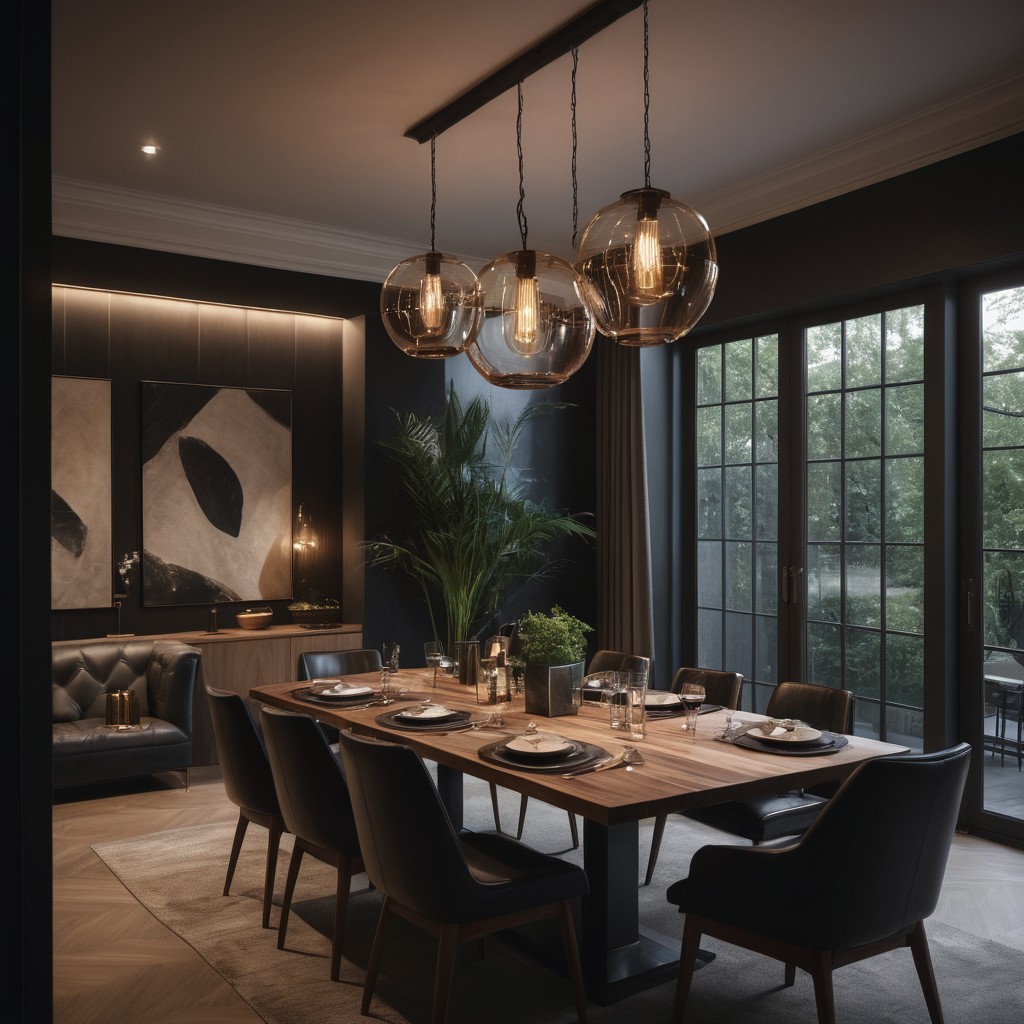
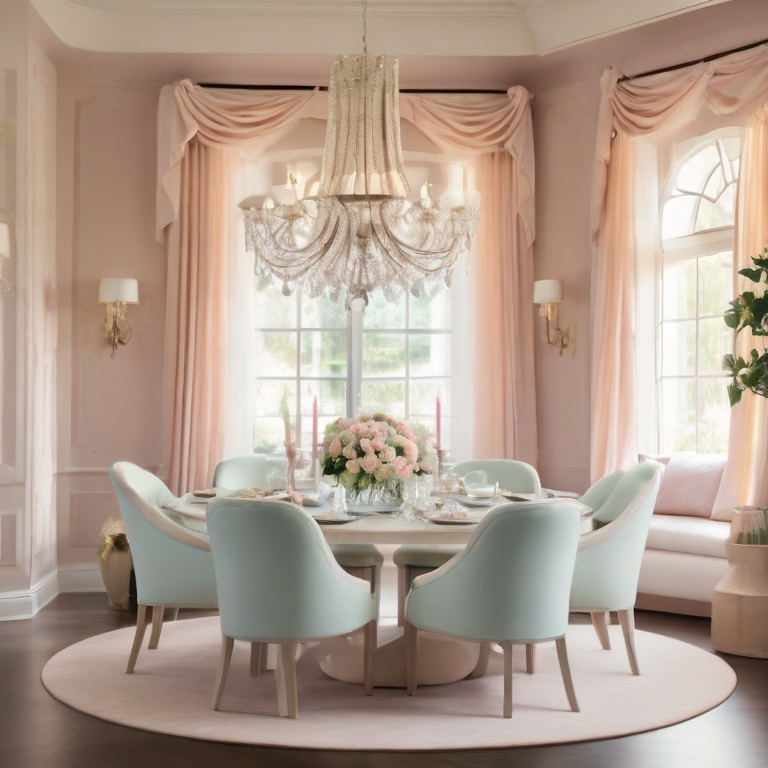
The Play of Light
Lighting can be a powerful tool in accentuating the chosen design style. Masculine spaces may incorporate bold, statement lighting fixtures that emit a strong, focused glow. Feminine designs, on the other hand, might opt for softer, diffused lighting, creating a warm and cozy ambiance.


Balancing Act
While these distinctions exist, many find beauty in blending elements from both styles. A harmonious balance can be struck by incorporating masculine strength with feminine grace. Mixing dark and light tones, experimenting with varied textures, and embracing a fusion of materials can result in a unique, personalized space that transcends traditional gendered design norms.
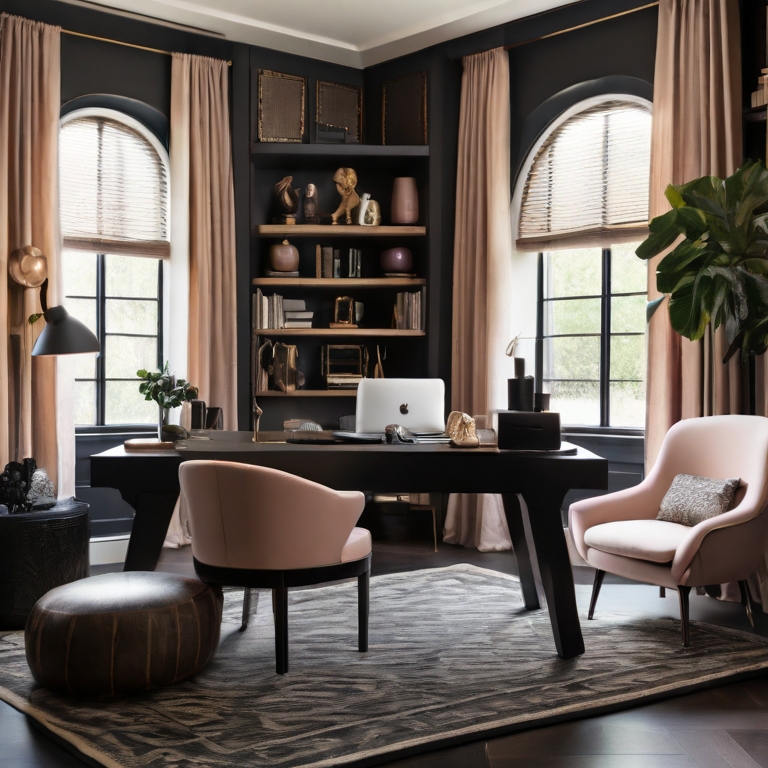
The distinctions between masculine and feminine interior design styles can be influenced by psychological and cultural factors. Here are some psychological considerations:
Evolutionary Psychology:
- Evolutionary psychology suggests that certain design preferences may be rooted in our evolutionary history. For example, dark and earthy tones associated with masculine designs might resonate with themes of shelter and protection, echoing environments traditionally associated with providing safety.
Gender Stereotypes:
- Societal gender stereotypes play a significant role in shaping design preferences. Culturally ingrained ideas about what is considered masculine or feminine influence individuals’ choices in creating and appreciating interior spaces.
Emotional Connection:
- Feminine design elements, such as softer colors and intricate details, are often linked to creating a nurturing and emotionally resonant environment. The use of curves and gentle forms may evoke a sense of comfort and security.
Cultural Influences:
- Cultural backgrounds and historical contexts contribute to the shaping of design aesthetics. Traditional gender roles and expectations within a society may impact how individuals express themselves through interior design.
Personal Expression:
- Interior design serves as a means of personal expression. Individuals may be drawn to design elements that align with their self-perception or desired emotional atmosphere. Masculine designs might appeal to those seeking a sense of strength and order, while feminine designs may attract those desiring a softer, more nurturing environment.
Sensory Perception:
- Colors, textures, and materials can have a significant impact on our sensory experiences. Masculine designs may incorporate bold contrasts and robust textures, eliciting a sense of stability and strength. Feminine designs, with their lighter colors and softer textures, may evoke feelings of tranquility and warmth.
It’s important to note that these psychological influences are complex and can vary widely among individuals. Moreover, contemporary design trends often challenge and break free from traditional gendered associations, encouraging a more inclusive and diverse approach to interior design that reflects the unique preferences and personalities of the occupants.
in conclusion, masculine and feminine interior design styles often differ in color schemes, materials, and overall aesthetic. Masculine designs may favor darker hues, bold patterns, and robust materials like leather and metal, conveying a more structured and austere atmosphere. In contrast, feminine designs tend to embrace lighter colors, softer textures, and intricate details, creating a more delicate and inviting ambiance. Furniture shapes also play a role, with masculine designs often featuring straight lines and angular forms, while feminine designs may incorporate curves and softer lines. Ultimately, both styles offer unique ways to express personal preferences and create a harmonious living space.
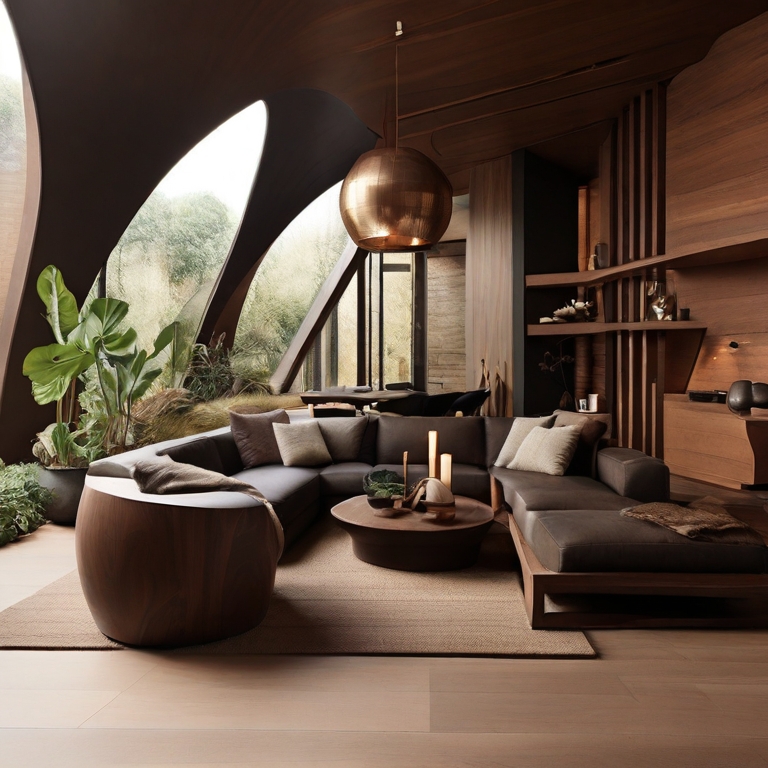
Leave a Reply